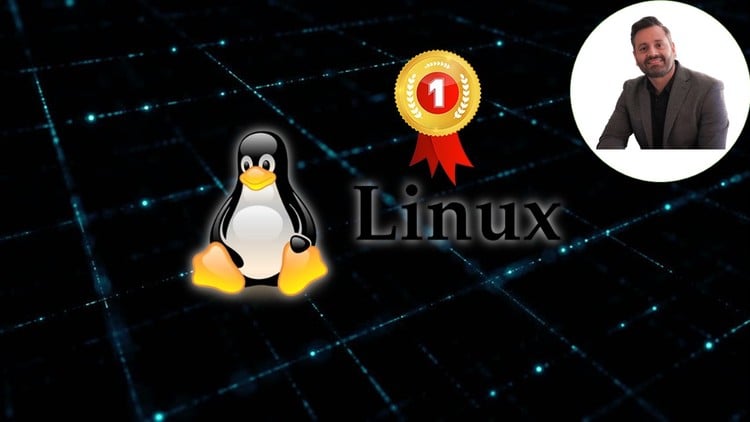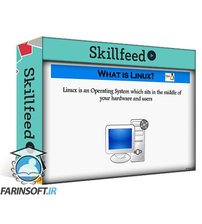در حال حاضر محصولی در سبد خرید شما وجود ندارد.

The BEST Linux Administration course for corporate jobs and RHCSA, RHCE, LFCS, LPIC and CompTIA Linux+ certifications
در این روش نیاز به افزودن محصول به سبد خرید و تکمیل اطلاعات نیست و شما پس از وارد کردن ایمیل خود و طی کردن مراحل پرداخت لینک های دریافت محصولات را در ایمیل خود دریافت خواهید کرد.


Complete C# Programming Master Class

Complete Windows Server Administration Course

آموزش کامل Linux و گرفتن شغلی در زمینه لینوکس

3 Days Linux Administration Course

Complete Microsoft SQL Server Database Administration Course

Linux Red Hat Certified Engineer (RHCE – EX294)

VMWare for Absolute Beginners

IT Fundamentals – Everything you need to know about IT

Setting Up a Red Hat Enterprise Linux Server

Introduction to DevOps: Roadmap to DevOps Career
✨ تا ۷۰% تخفیف با شارژ کیف پول 🎁
مشاهده پلن ها